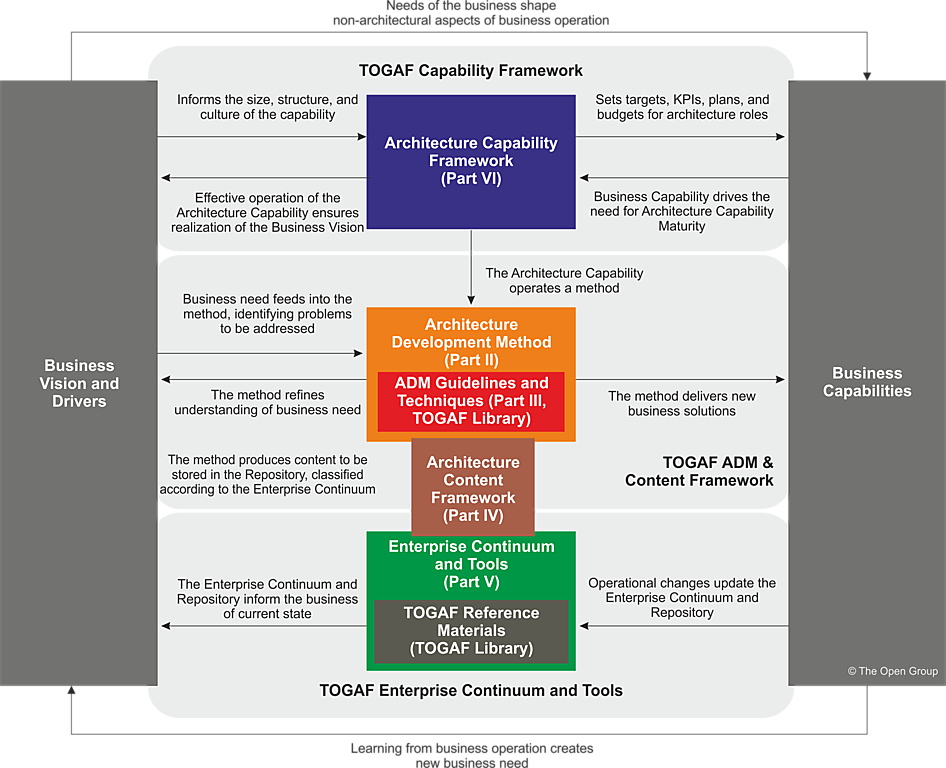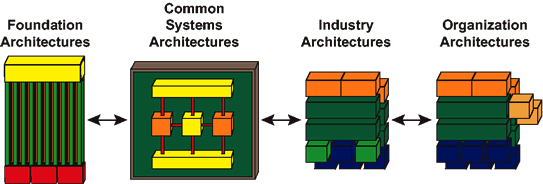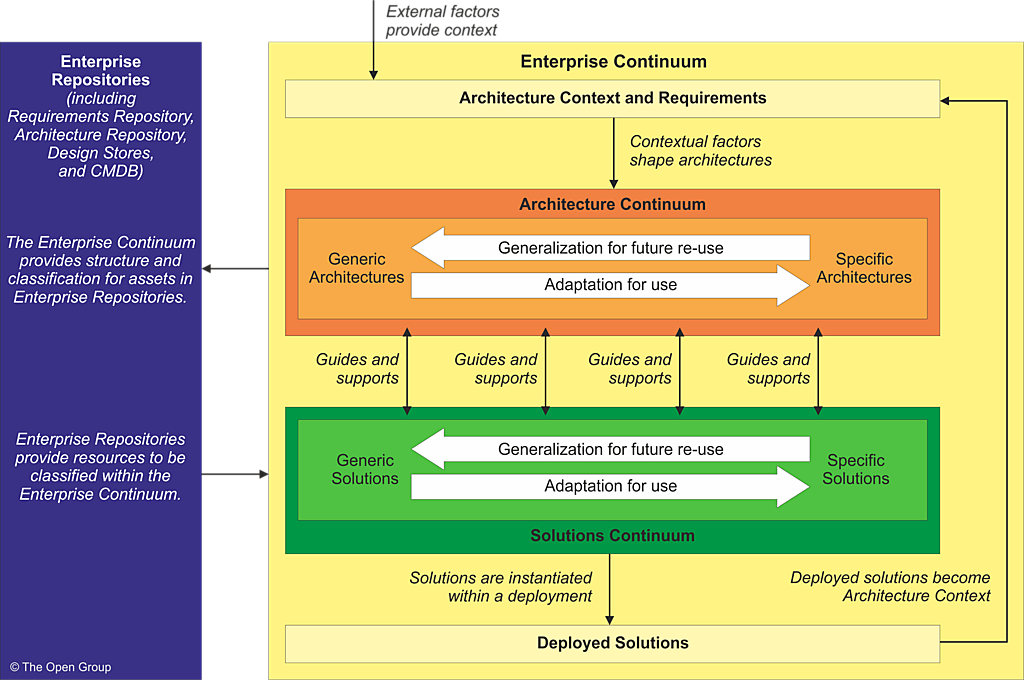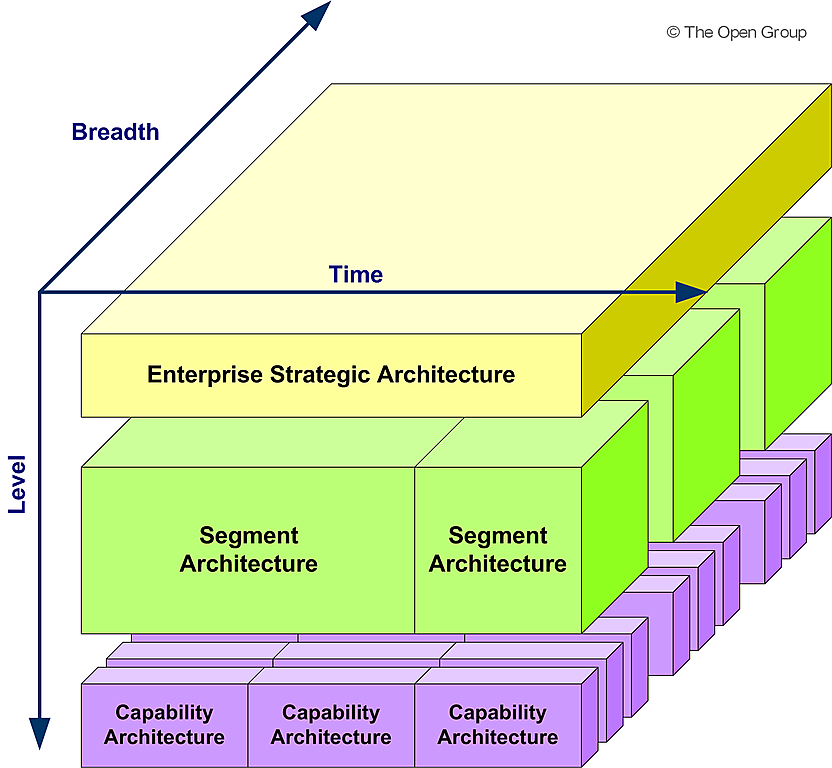Developing Enterprise Architecture Projects: Strategies for Different Levels
Developing enterprise architecture (EA) projects requires a clear understanding of the different types of architectures needed to satisfy varied stakeholder requirements at various organizational levels. Each architecture does not function in isolation; rather, it exists within a governance hierarchy. Broad architectures provide overarching direction for more specific, detailed architectures. To effectively develop these architectures, organizations can utilize the Architecture Development Method (ADM) in two primary strategies: iterating within a single ADM cycle or employing a hierarchy of concurrent ADM processes. This article outlines these strategies and offers guidance on implementing them. 1. Developing…continue reading →





